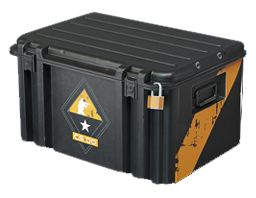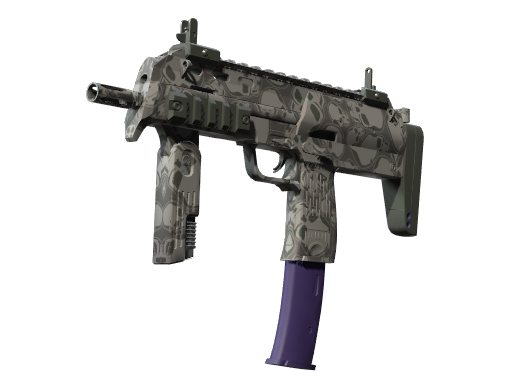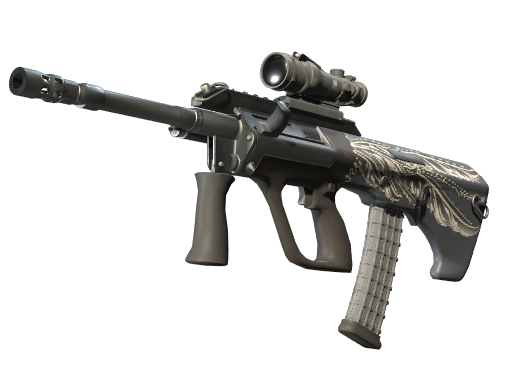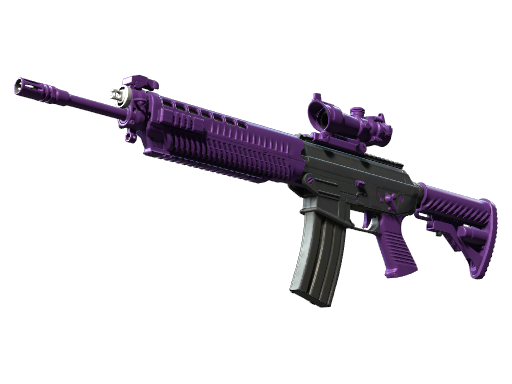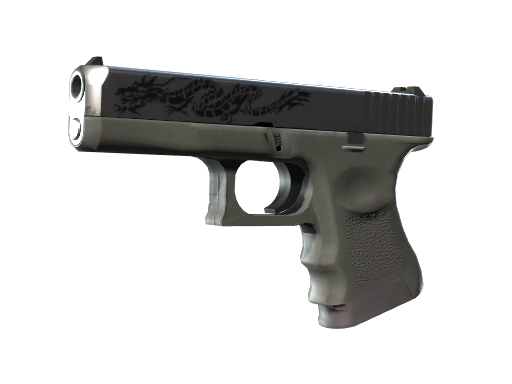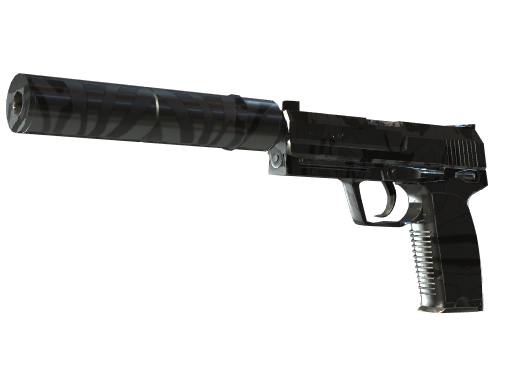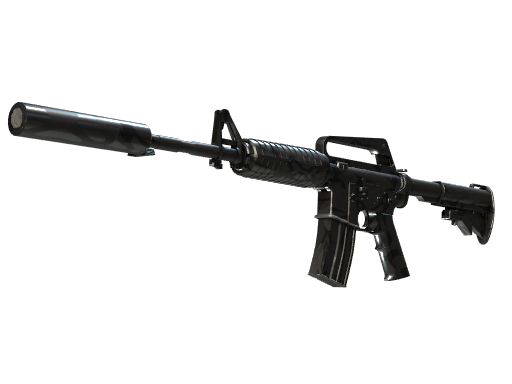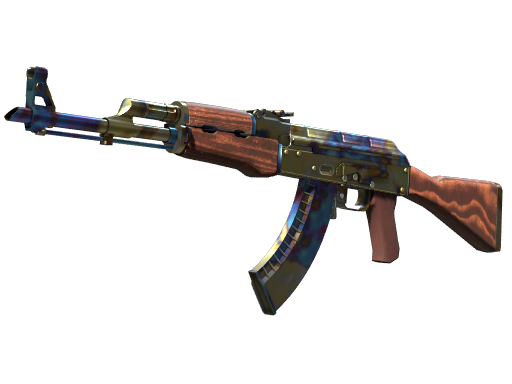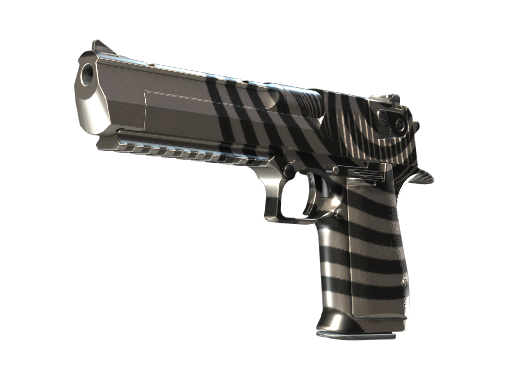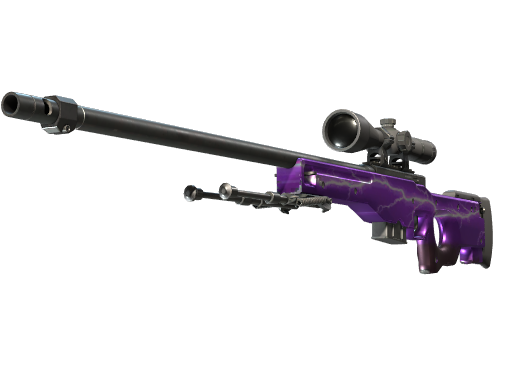The CS:GO weapon case has become a cornerstone of the Counter-Strike: Global Offensive experience. These virtual loot boxes contain a variety of weapon skins, ranging from common to exceedingly rare, and have captured the attention of players worldwide. The allure of potentially unlocking a valuable skin has created a thriving economy within the game, with some cases and skins fetching astronomical prices in the community marketplace.
This comprehensive review dives deep into the world of CS:GO weapon cases. It explores their contents, analyzes the rarity and appeal of different skins, and examines their market value and investment potential. As Counter-Strike 2 looms on the horizon, understanding the intricacies of weapon cases becomes even more crucial for players looking to maximize their gaming experience and potentially profit from their virtual inventory.
Overview of CS:GO Weapon Case
What is the CS:GO Weapon Case?
The CS:GO Weapon Case is a virtual container introduced in Counter-Strike: Global Offensive. These cases contain a variety of weapon skins, ranging from common to rare, and can be obtained through in-game drops or purchased from the Steam Community Market and third-party markets. To reveal the contents, players must use a CS:GO Case Key to open the case, which then awards a random weapon skin.
History and significance
The CS:GO Weapon Case made its debut on August 14, 2013, as part of the Arms Deal update. It was the first of its kind, released alongside the eSports 2013 Case. This introduction marked a significant milestone in the game’s history, as it brought cosmetic items and a new economic aspect to Counter-Strike: Global Offensive. The case’s artwork became iconic, later featured on the Tactics Pin and as the Perfect World default avatar.
Case contents
The original CS:GO Weapon Case contains nine weapon finishes created by Valve, including highly sought-after skins such as:
- AWP | Lightning Strike (Covert)
- AK-47 | Case Hardened (Classified)
- Desert Eagle | Hypnotic (Classified)
- Glock-18 | Dragon Tattoo (Restricted)
- M4A1-S | Dark Water (Restricted)
Additionally, the case introduced the first cosmetic knives with various finishes, adding a new level of rarity and value to the game’s virtual economy.
Skin Analysis and Rarity
The CS:GO weapon case contains skins of varying rarity, which significantly impacts their value and desirability among players. The rarity system, established by Valve, influences the statistical chance of obtaining a particular skin through drops or case openings. This system creates a hierarchy of skins, with rarer items commanding higher prices in the marketplace.
Covert Skins
Covert skins, distinguished by their red color, represent the pinnacle of rarity in CS:GO. These skins showcase stunning visuals, intricate patterns, and exquisite attention to detail. Often associated with high-tier weapons, covert skins are highly sought after by collectors and players looking to make a statement. Their prices can vary widely, with some fetching astronomical sums. For instance, the AK-47 Fire Serpent can cost over $1,500 for a non-StatTrak version.
Classified Skins
Classified skins, denoted by a pink color, are the second rarest category. These skins feature exceptional craftsmanship, detailed artwork, and elaborate designs. They often have unique finishes or thematic elements that make them stand out. Classified skins are in high demand and can be considered a potential investment, as their value tends to appreciate over time. The AWP Duality, for example, replaced the AWP Doodle Lore and has become a highly recognizable skin in the game.
Restricted and Mil-Spec Skins
Restricted skins, marked by a purple color, offer a balance between rarity and affordability. They present a wide range of captivating designs, with prices ranging from a few dollars to several hundred. The AWP PAW exemplifies this category, featuring whimsical animal illustrations that vary based on the skin’s pattern index.
Mil-Spec skins, identified by their blue color, are more common but still desirable. Typically priced between $1 and $10, with some exceptions reaching $50 or $100, these skins offer a diverse range of designs. The Sawed-Off Morris, with its floral patterns and contrasting colors, serves as a prime example of this category.
Market Value and Investment Potential
The CS:GO weapon case market has become a significant aspect of the game’s economy, with prices and trends fluctuating over time. This section examines the current market prices, price trends, and factors affecting the value of these virtual items.
Current Market Prices
The CS:GO Weapon Case, part of the Arms Deal Collection, currently trades at varying prices across different platforms. On Steam, it is listed at $105.94, while on BitSkins, it can be found for $77.40. The median price stands at $101.45, with a trading volume of 129 cases and 307 listings. Individual skins from the case also command substantial prices:
- AWP | Lightning Strike (Covert): $732.00 - $813.79
- AK-47 | Case Hardened (Classified): $232.57 - $475.00
- Desert Eagle | Hypnotic (Classified): $119.99 - $151.34
- Glock-18 | Dragon Tattoo (Restricted): $117.01 - $137.95
Price Trends Over Time
The CS:GO skin market has experienced significant growth over the years. Recent data shows an upward trend in prices, particularly for cases released between 2016 and 2019. These cases saw a period high of $22.45 on October 28, 2022, compared to a low of $18.60 on October 2nd.
Cases released before 2016 have shown even more dramatic price movements. They reached a period high of $152.54 in early October, followed by a decrease to $134.85 on October 31st. Since then, there has been a steady upward trend with occasional corrections.
Factors Affecting Value
- Several factors influence the value of CS:GO skins and cases:
- Rarity: Rare items, such as discontinued skins or those with low drop rates, tend to command higher prices.
- Wear condition: Skins with lower float values (less wear) are generally priced higher.
- Pattern variations: Certain pattern numbers are more desirable, increasing a skin’s value.
- Stickers: Valuable stickers applied to a skin can significantly increase its worth.
- Supply and demand: The age of the skin, its availability, and player preferences all impact prices. Market dynamics: Factors such as trade-up potential and item discontinuation can cause price fluctuations.
